Google Analytics Attribution Model


Attribution models are an important, yet often neglected, part of digital marketing.
Without a relevant attribution model in place, marketers risk spending their budget inefficiently and may never know which of their marketing efforts are actually driving results.
Instead of relying on your intuition, attribution modeling offers a data-driven approach to measuring the success (or failure) of your marketing campaigns so you can make smarter decisions about where to allocate your resources.
In this guide, we'll explain what attribution modeling is, explain why it matters, and go deep into each type of attribution model to help you choose the right ones for your goals.
Later on, we'll also share how to use Google Analytics to set up attribution modeling so you can start optimizing your campaigns today.
When you're trying to determine who gets credit for driving sales, it can be tricky to track which channels are responsible for bringing in customers and getting them to convert.
This is especially true when you have multiple marketing channels working together on a campaign — for example, if you run a TV spot that drives traffic to your website, where visitors are prompted with retargeting ads that send them back through your site and into stores.
Which channel should get credit for the sale? Is it the TV ad or the retargeting campaign? What if the customer had seen your ad on social media instead?
This is where attribution modeling comes in. Attribution models are a formula or set of rules that help you determine which channel gets credit for a conversion.
Attribution models have been around for years now — but only recently have marketers begun using them in conjunction with digital marketing campaigns.
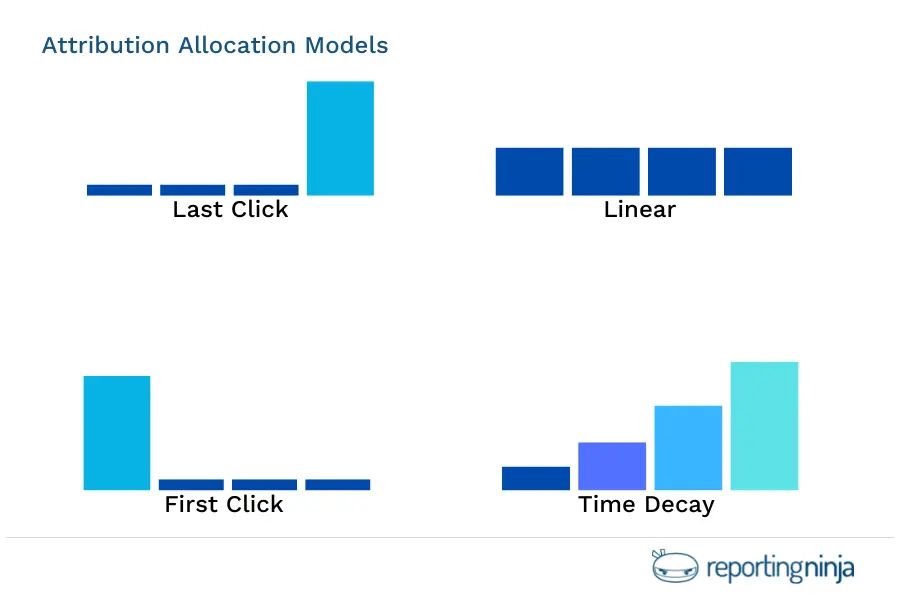
In terms of digital marketing, attribution models are used to track and attribute conversions to the various marketing channels, campaigns, and messages that were involved in driving the customer to convert – or take the next step towards conversion.
"Conversion" can be any action that matters to your business or your client, such as:
Lead attribution models offer valuable insights into the buyer's journey.
They tell you exactly where, when, and how consumers interact with your brand messages – and enable you to optimize your campaigns accordingly.
There are different types of marketing attribution models you can use, each with its own advantages and disadvantages, that we'll discuss later on.
The more digital marketing evolves, the more powerful – and complicated – it gets.
Let's take an e-commerce site as an example:
A customer might first see an ad for a product on Facebook, then click through to the site and browse around for a while before adding the item to their cart.
But then they get distracted and leave without completing the purchase. A few days later, they see a retargeting ad for the same product on another website and decide to buy it then.
In this case, which marketing channel deserves the credit for the sale?
Is it Facebook for getting the customer interested in the first place? Or is it the retargeting campaign that finally convinced them to buy?
This complexity makes attribution modeling both difficult and worthwhile.
It gives you a quantitative breakdown of your marketing efforts so you can weigh their effectiveness and make changes accordingly.
Without attribution modeling, you would have to rely on qualitative data, like customer surveys, to try and figure out which marketing channels are working and which ones aren't.
In short, marketing attribution allows you to:
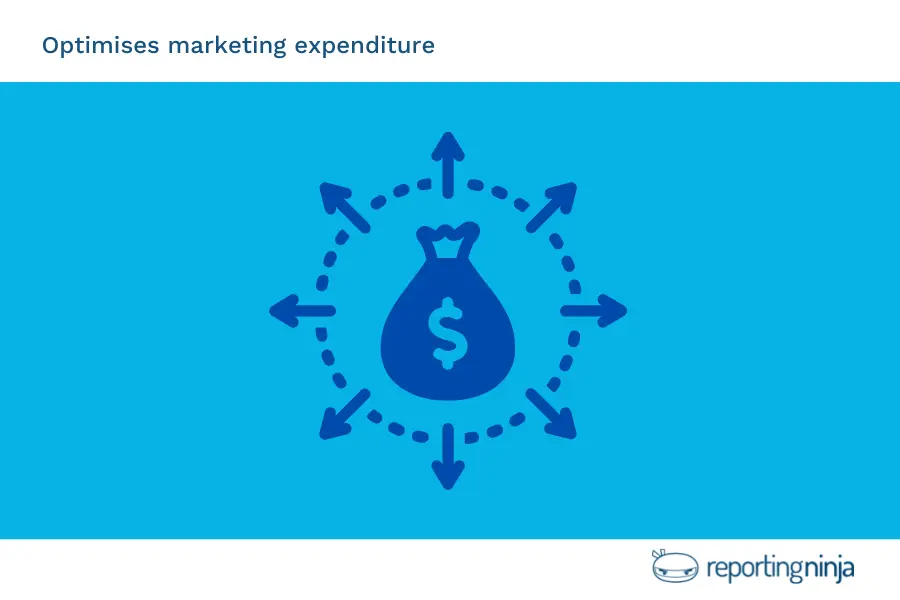
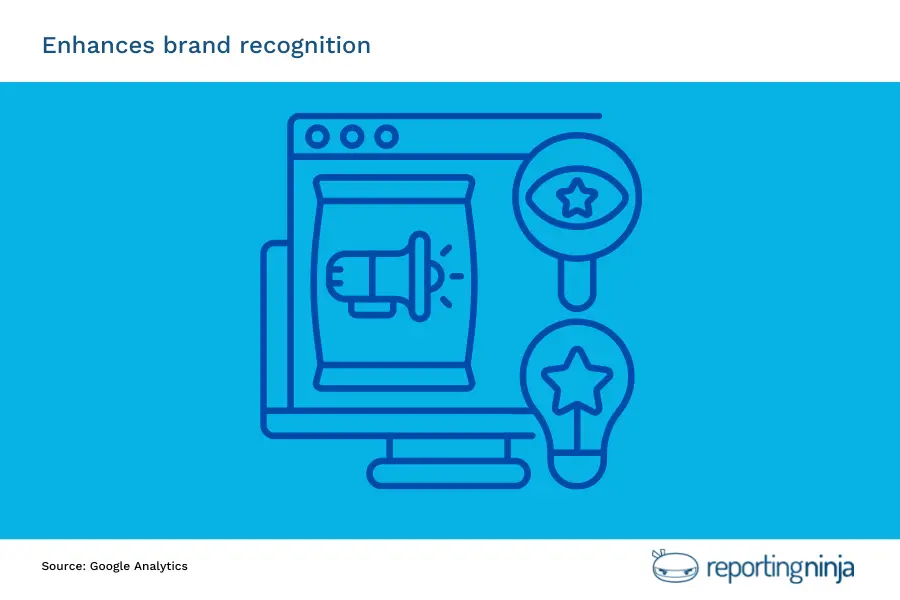
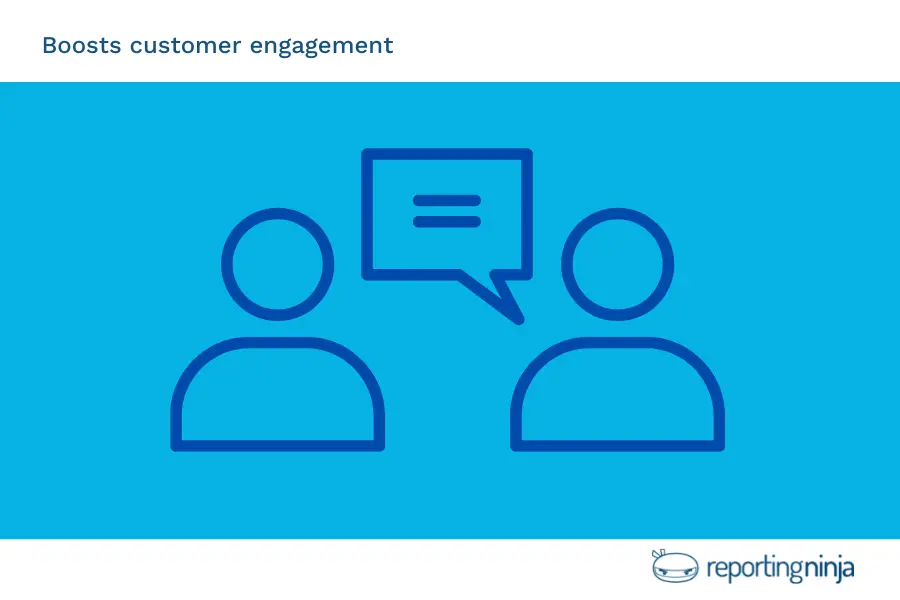
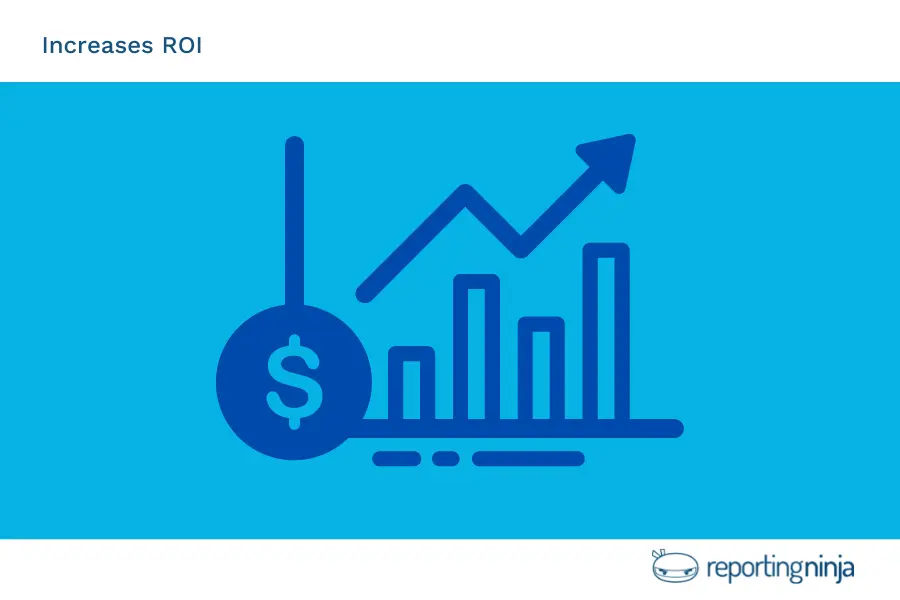
There are several attribution model types, you can integrate into your digital marketing strategy, each with its own advantages and disadvantages.
Most of them fall under two categories: single-touch and multi-touch models.
Single-touch attribution only gives credit to one touchpoint in the buyer's journey, while multi-touch attribution assigns a certain percentage of credit to every touchpoint.
With that said, let's take a look at some of the most popular attribution models in digital marketing:
Also known as "last touch attribution" or "last click attribution, " the last interaction attribution model is the most common one used by businesses. It's also the default attribution model used by Google Analytics and other platforms.
How the last interaction attribution model works is that it assigns 100% of the credit for a conversion to the last marketing touchpoint the customer interacted with before they converted.
So, in our e-commerce example above, the last interaction attribution model would give all the credit for the sale to the retargeting campaign - even though it was the Facebook ad that initially got the customer interested in the product.
Pros:
Cons:
The first interaction attribution model is the polar opposite of the last interaction attribution.
Instead of assigning all the credit for a conversion to the last touchpoint, it assigns 100% of the credit to the very first marketing interaction the customer had with your brand.
That's why it's also called the "first click attribution model" or the "first touch attribution model."
Pros:
Cons:
The last non-direct click attribution model is similar to the last interaction attribution model, with one key difference: it doesn't give any credit to "direct" visits.
A direct visit is when a customer goes directly to your website by typing in your URL or using a bookmark. In most cases, these visits are already interested in your product or service, so they're not really influenced by your marketing efforts.
Pros:
Cons:
The linear attribution model is probably the fairest of all the attribution models.
As the name suggests, it credits every touchpoint in the buyer's journey equally. So, if a customer interacted with 10 different touchpoints before converting, each touchpoint would get 10% of the credit.
On the other hand, that fairness can subtract from the nuance of your data.
Pros:
Cons:
The time decay attribution model is very similar to the multi-touch linear attribution model, but it puts more emphasis on recent touchpoints.
That means that touchpoints that happened closer to the conversion are given more credit than touchpoints that happened further away.
As a simple illustration, let's say a customer interacted with 10 touchpoints over the course of two months.
Under the linear attribution model, each touchpoint would get 10% of the credit.
But under the time decay model, the touchpoints from the last month would get more credit than the touchpoints from the first month.
Pros:
Cons:
The position based attribution model is a hybrid of the first interaction and last interaction attribution models.
With this model, 40% of the credit is given to the first and last touchpoints, and the remaining 20% is distributed evenly among all the other touchpoints in between.
Pros:
Cons:
The data driven attribution model is a relatively new option, and it's quickly becoming the standard for Google Analytics attribution modeling.
With this model, the credit for each conversion is assigned based on an algorithm that looks at all the data points in the customer's journey.
It's more complex to apply than the other models, but it's also more comprehensive.
Pros:
Cons:
Each of these attribution models has its own merits, and we recommend analyzing your business, conversion cycle, and customer journey to decide which one is best for you.
If you use Google Analytics to track conversions, Universal Analytics (UA) offers a built-in tool for attribution modeling called the Multi Channel Funnels (MCF) feature.
MCF refers to a group of reports in UA. You can use this feature to break down how your different marketing channels contributed to conversions, how those conversions happened, and what type of interactions the users had before converting.
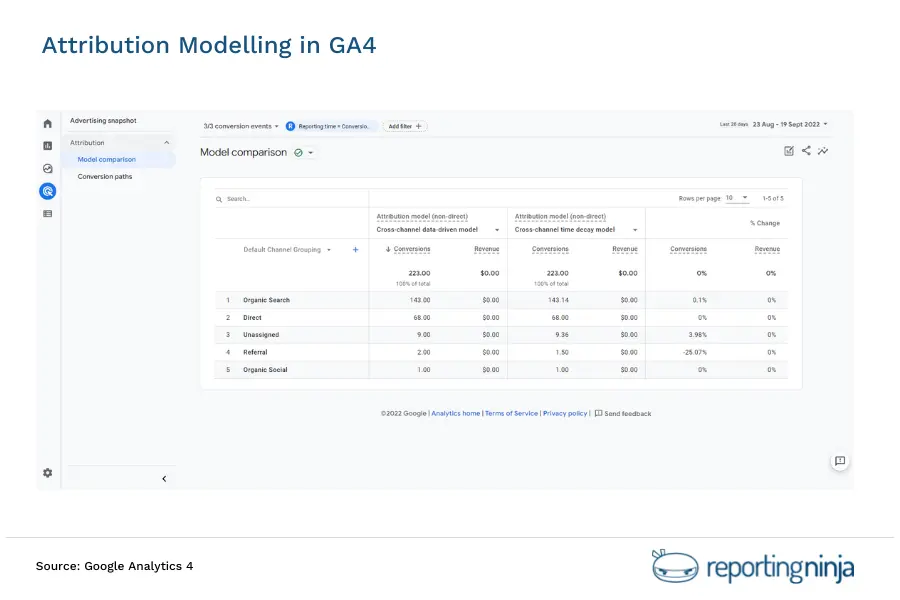
Google Analytics 4 (GA4) offers even more types of Google attribution models and reports. To access these, simply follow these steps:
With GA4's attribution reports, you can get more detailed and meaningful insights into your various digital marketing channels and campaigns. If you are looking to migrate to GA4 you can read more about that here.
Attribution model marketing gives you a closer look at how your marketing channels contribute to conversions. By understanding which models work best for your business, you can make data-driven decisions about everything from budget allocation to messaging, branding, and more.
If you're not already using attribution modeling in your Google Analytics, we recommend giving it a try. Reporting Ninja's attribution reporting tool makes it easy to pull data from GA and other platforms into a single dashboard.
From here, you can apply various attribution models and create detailed website analytics reports from the most relevant data.
Sign up to activate your free trial of Reporting Ninja's full suite of analytics and reporting tools today.
Sign up for a 15 days free trial. No credit card required.
